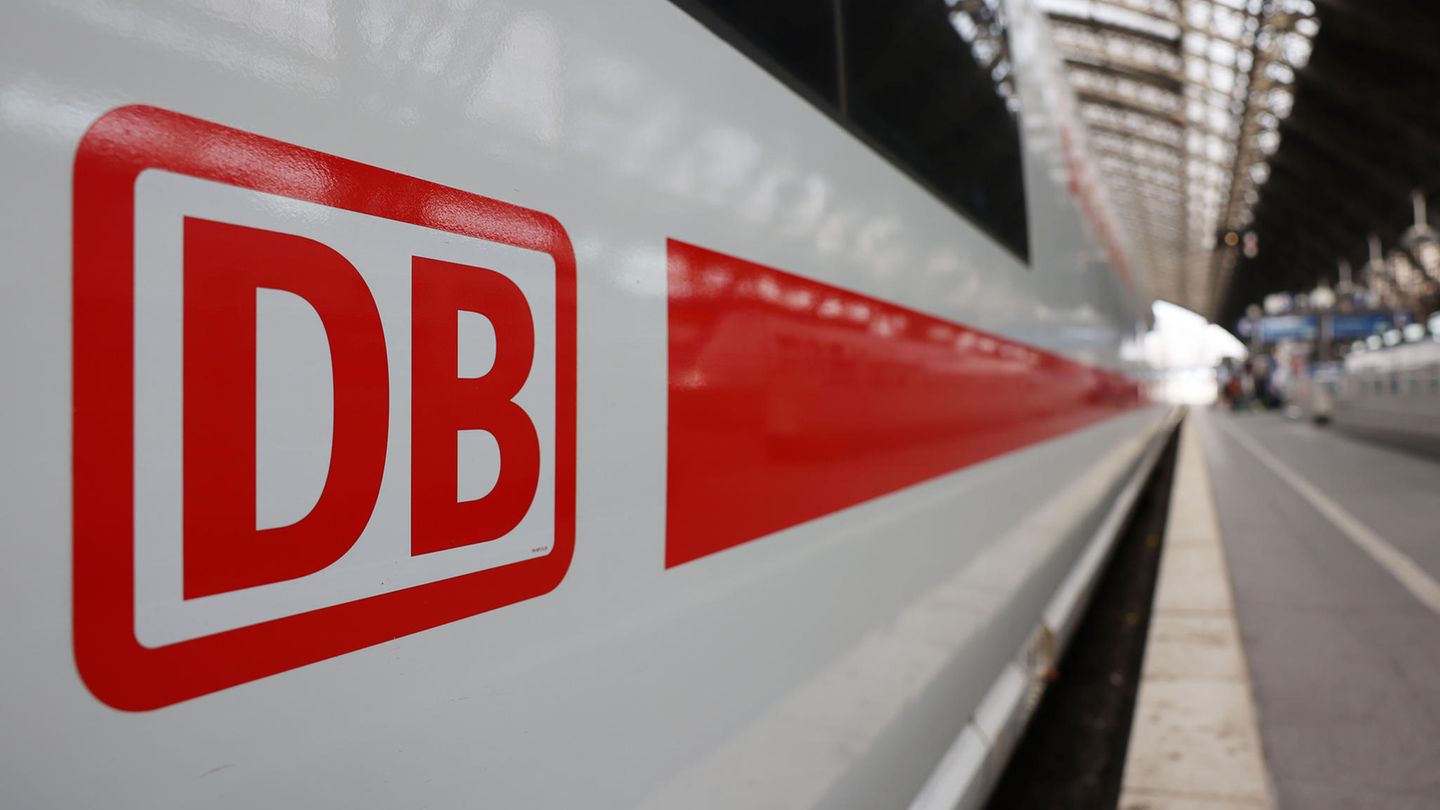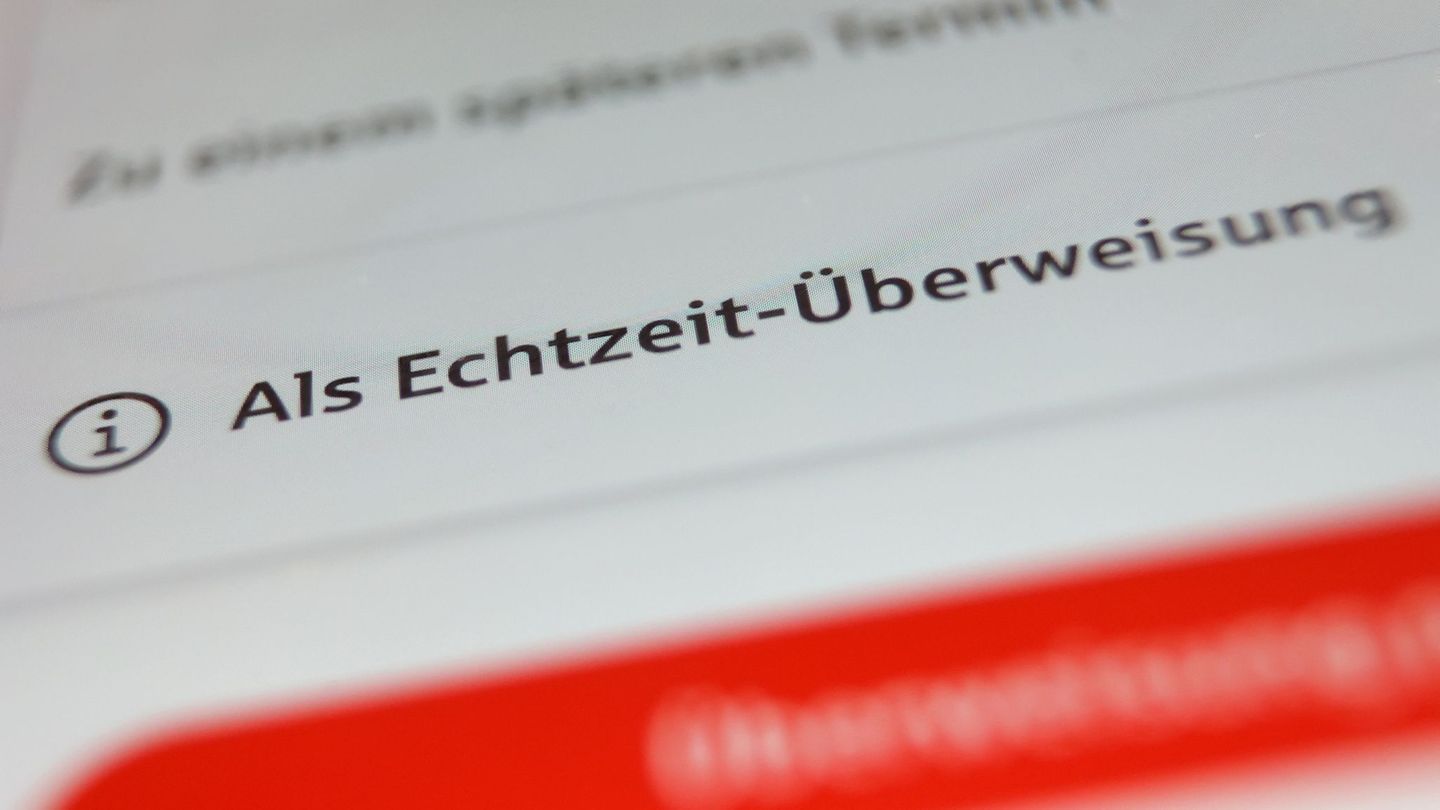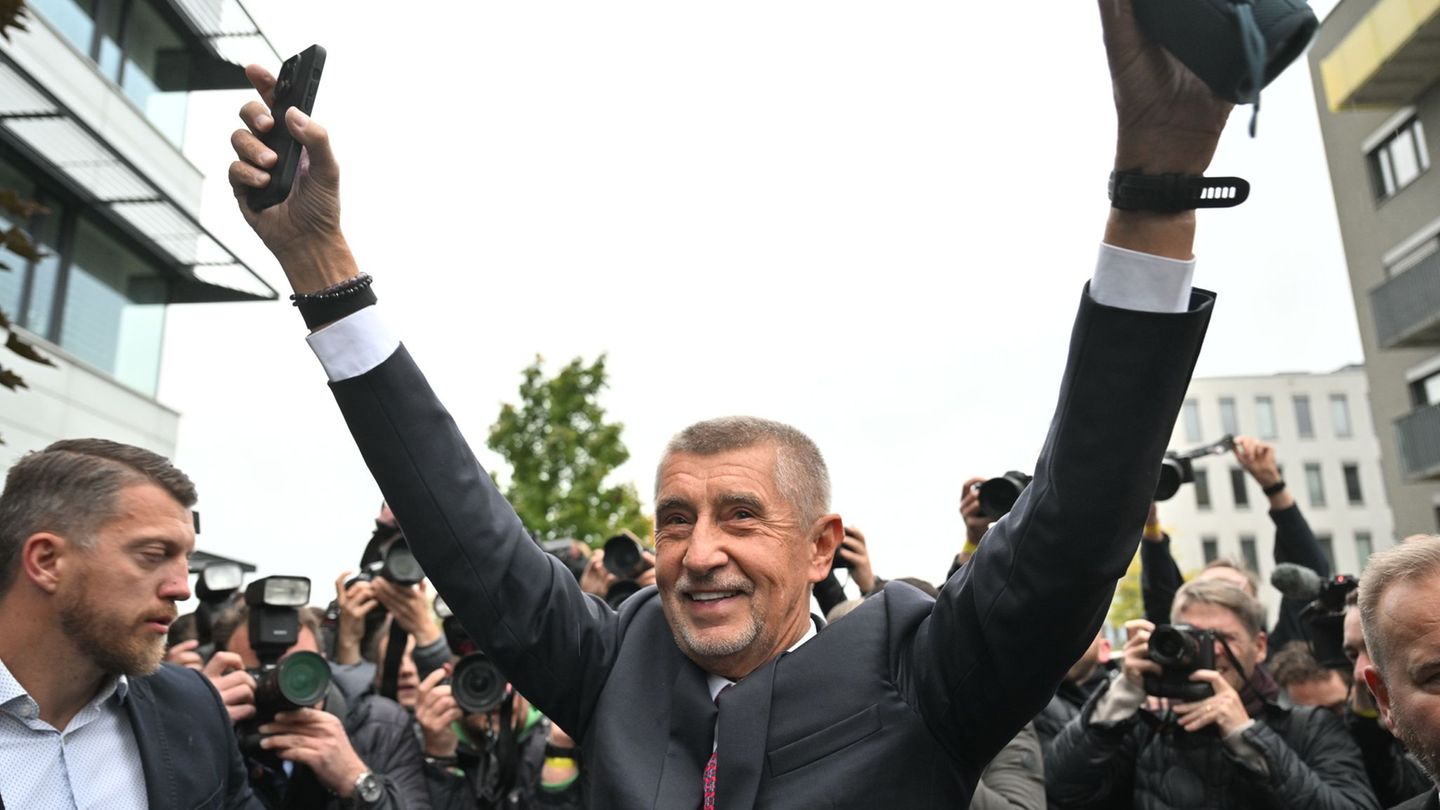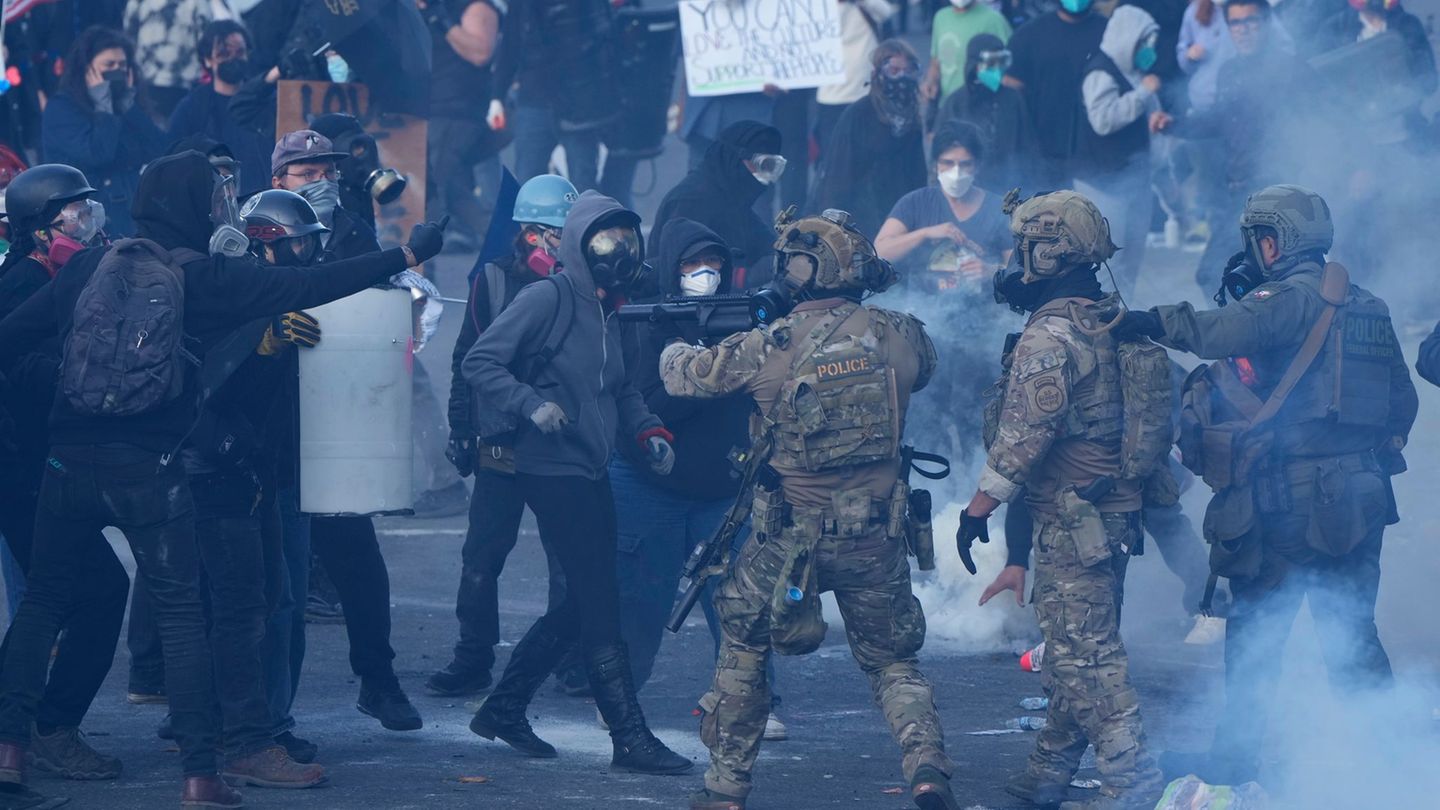The train drivers’ union GDL paralyzes rail traffic. Superficially, it’s about a higher salary and a corona bonus. But GDL boss Claus Weselsky has a bigger plan.
Not much has been going on for travelers on the train since early Wednesday morning. The train drivers’ union GDL is on strike. There is a replacement timetable, but only about every fourth long-distance train runs, and regional and S-Bahn trains are also canceled. The spook ends on Friday night.
GDL boss Claus Weselsky wants to force a new collective agreement through the show of force, which brings significant improvements for the railway employees. The railway, on the other hand, is outraged by the escalation during the holiday season: “Especially now, when people are traveling more and using the railway again, the GDL top will destroy the upswing that we urgently need in view of the massive corona damage,” said HR Director Martin Seiler.
But what is it actually about? About more salary, of course, but also about fundamentals.
Dispute over money and terms
The GDL is demanding 1.4 percent more money for railway staff retrospectively from April 1, 2021 and another 1.8 percent more from April 1, 2022. In addition, the railway is to pay a “Corona aid” of 600 euros per person. The union is also protesting against cuts in company pensions. “We expect appreciation and recognition of the work,” said Weselsky.
When it comes to money, Deutsche Bahn’s offer is not that far removed from these demands. The company offers exactly the required 3.2 percent more salary in two steps. However, the increases are not expected to come until January 1, 2022 (plus 1.5 percent) and March 1, 2023 (plus 1.7 percent). In addition, the new collective bargaining agreement should have a term of 40 months until 2024 – the GDL only wants to accept 28 months. The longer term is necessary to cope with the corona damage, explains Deutsche Bahn, and thus basically counteracts the demand for a corona bonus for employees. In the corona crisis, the railway suffered billions in losses.
Power struggle of the trade unions
The fact that the GDL now prefers to strike instead of continuing to negotiate has another reason than the dispute over money. Behind this is an internal union power struggle in the railway company that has been smoldering for years. In this, the union of German locomotive drivers is actually only the smaller employee representation next to the competing railway and transport union (EVG). The EVG has around 180,000 members, the GDL only 37,000, including the majority of the train drivers.
GDL boss Weselsky is now negotiating so hard in order to achieve a better result than the EVG, which entered into a more modest new collective agreement last year. Its strategic goal – according to the general interpretation – is to chase away EVG members in order to gain more influence within the group. “Because the aggressive membership recruitment was and is unsuccessful, a tough wage dispute should now lead to more members”, commented EVG boss Klaus-Dieter Hommel on the GDL strike. And EVG board member Cosima Ingenschay accuses the GDL of “dividing and weakening the railway company”.
The power struggle of the trade unions is about a lot. Because of the unified collective bargaining law, which has actually been in force since 2015, there is a risk of the smaller union falling by the wayside because the collective agreement of the larger union could apply to everyone in the future. The GDL is not only fighting for percentage points and running times in the short term, but also for its long-term existence.
In any case, GDL boss Weselsky can rely on the support of his members for the tough strike course. In the secret vote on a strike, 95 percent voted in favor of the labor dispute.
Swell: / /
Jane Stock is a technology author, who has written for 24 Hours World. She writes about the latest in technology news and trends, and is always on the lookout for new and innovative ways to improve his audience’s experience.




